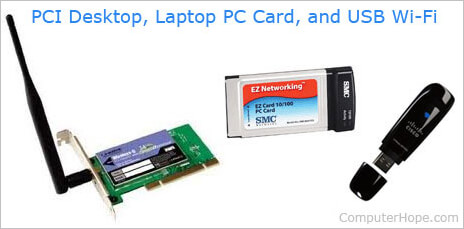What's the difference between Bluetooth and Wi-Fi?

Today, almost all of our electronic devices are connected in one way or another, often called the Internet of Things. Whether you're downloading a file from the Internet to your computer or pairing your smartphone to your car's stereo, wireless technology is everywhere. Although there are many ways to transmit data over the air, we will focus on Wi-Fi and Bluetooth. This page covers the difference between the two, and their respective advantages.
What is the difference between Bluetooth and Wi-Fi?
While they are both under the umbrella of wireless technology and perform similar tasks, Bluetooth and Wi-Fi are not the same. What's the main difference between the two? Wi-Fi is utilized to connect one or more devices to a network or the Internet, e.g., a printer or a router. Bluetooth, on the other hand, is used for direct data transfer between two devices (no network involvement).

What are the advantages of Bluetooth?
- It can be used without an Internet connection.
- Uses less power, making it ideal for smartphones and wireless peripherals like headphones, mice, keyboards, and game controllers.
- Less expensive to implement.
- Tends to be more secure in that hackers more frequently target Wi-Fi networks.
What are the advantages of Wi-Fi?
- It has a much faster data transfer rate due to its higher bandwidth.
- It can connect your device to the Internet, in addition to other devices on a network.
- It can connect multiple devices to one another.
- Better range than Bluetooth.

Which technology should I choose?
As we've outlined in the sections above, it depends on the device and how it's being used. In short, Bluetooth is for peripherals (wireless mice, keyboards, printers, speakers) and low-bandwidth, close-range data transfer. Wi-Fi is for tasks that require high bandwidth (streaming, large file downloads), access to the Internet, or devices that are further apart.
